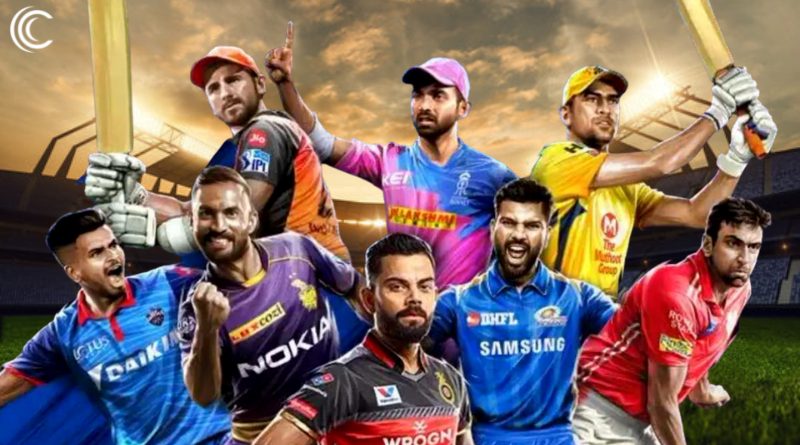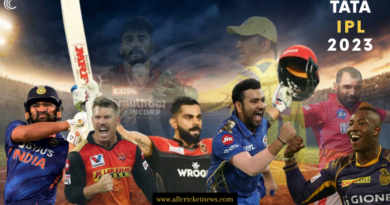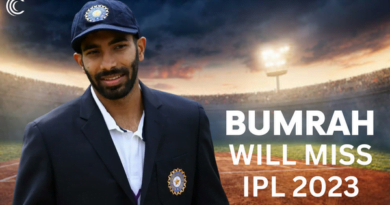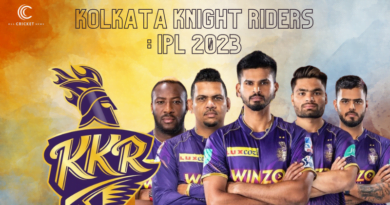With DRS, Now cricketers can review wides and no-balls ; IPL and WPL
In T20 leagues, this will be happening for the first time that such reviews have been conducted.
Players in a Twenty20 competition will be able to use DRS to review wide and no-ball calls for the first time ever in the widely loved sport. This DRS tweak has already been applied in the Women’s Premier League (WPL), and it will be used in the future Indian Premier League (IPL).
Players in a Twenty20 competition will be able to use DRS to review wide and no-ball calls for the first time. This DRS tweak has already been applied in the Women’s Premier League (WPL), and it will be used in the future Indian Premier League (IPL).
Except for “Timed Out” (Player Review), “a player may request a review of any judgement issued by the on-field umpires on whether or not a batter is ejected.” “A player may be given the opportunity to review any judgement made by on-field umpires on a wide or no-ball.”
Up until this point, players have only been able to appeal on-field rulings in the event of a dismissal, but going forward, that will no longer be the case in either the WPL or the IPL. These reviews, which include those for wides and no-balls, will be counted as part of the two unsuccessful reviews that are available to each team throughout each innings. But, rulings regarding leg-byes are unable to be reviewed utilising DRS.
Players have already utilised this new feature in both of the first two WPL matches that were played. During the first game of the competition, which was played between Mumbai Indians and Gujarat Giants, the on-field umpire ruled that a delivery from Mumbai spinner Saika Ishaque was wide down the leg side. Since replays demonstrated that the ball had touched the batter Monica Patel’s glove, Mumbai’s review of the call utilising DRS resulted in the verdict being reversed.
A similar assessment was used by Jemimah Rodrigues, a batter for the Delhi Capitals, during the afternoon of Sunday. Rodrigues requested a review utilising the DRS shortly after she pulled a full toss from Megan Schutt for four and realised that the on-field umpires had not signalled a no-ball for height. However, this decision was not reversed since replays and ball tracking indicated that the ball was dipping on the batter and Rodrigues had also squatted quite a little, almost down on her back knee. Both of these factors contributed to the conclusion that the ball was in play.
When he was interviewed by ESPNcricinfo a year ago, Simon Taufel, a former member of the ICC Elite Panel of umpires, stated that he did not like the idea of reviewing wides and height no-balls in Twenty20 cricket.
In the recent history of the Indian Premier League (IPL), controversial no-ball judgements for height have been the source of controversy. As Ben Stokes threw a high full toss during a match between the Chennai Super Kings and the Rajasthan Royals in 2019, Mahendra Dhoni, the captain of the Chennai Super Kings, came out onto the field from the dugout. The square-leg umpire, Bruce Oxenford, overruled his colleague, Ulhas Gandhe, who had initially signalled a no-ball for height because of the player’s height. This resulted in intense disputes on the field, with batters Ravindra Jadeja and Mitchell Santner getting involved. This was followed by Dhoni marching onto the field to discuss the matter with the umpires.
A year ago, Royals were involved in another match that came down to the final over, and a similar thing happened then. After Rovman Powell hit a full toss from Obed McCoy for six, the batters became involved in a discussion with the on-field umpires after noticing that the umpires did not signal for a waist-high no-ball. Finally, Capitals captain Rishabh Pant asked assistant coach Pravin Amre to go in and speak to the umpires.




